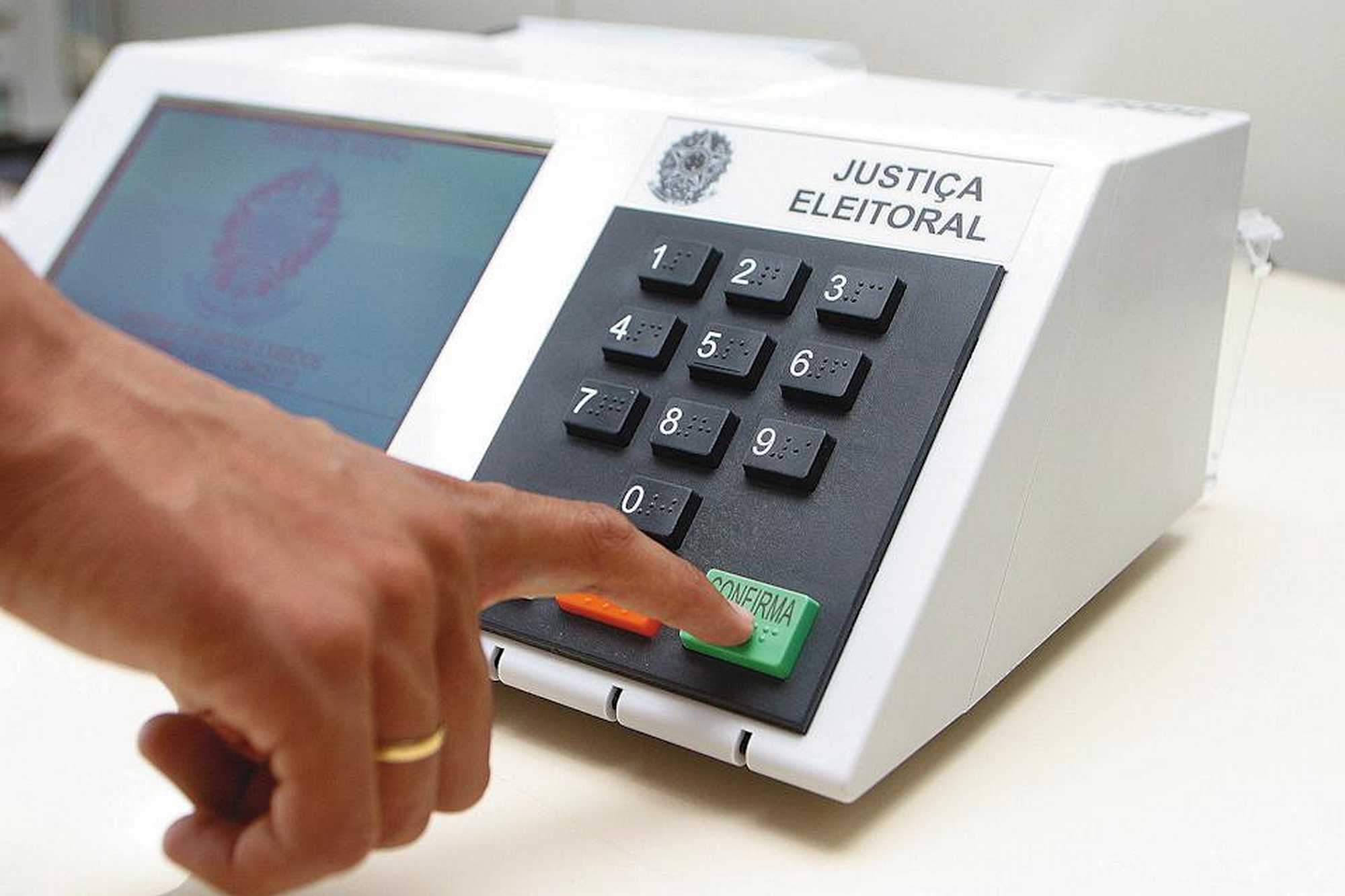The next Brazilian presidential election, in October, 2022, will probably be polarized between Jair Bolsonaro on the “right” and Lula da Silva on the “left”. A contest clearly defined between right and left is typical for many countries, but not for Brazil. The Brazilian right has been surprisingly weak politically since the restoration of democracy in 1985. Although Brazil is often thought of as a conservative country, right-wing political parties have been dependent on alliances with centrist or left-of-center parties for patronage. This weakness in the political spectrum created space for Jair Bolsonaro to capture right-wing sentiment in 2018.
Since the end of the military government, Brazilian presidents have mostly leaned towards the center-left or have been ideologically ill-defined. Tancredo Neves won election in 1985 from the center-left. After his untimely death he was replaced by his vice president, José Sarney, who was conservative but largely deferred to the Constituent Assembly in the writing of a new constitution. Fernando Collor de Melo was elected in 1989 with a right-populist campaign, without much support from established parties. But Collor’s signature policy, his anti-inflation plan, wasn’t conservative, it invoked strong state controls of prices. It quickly flopped and he was impeached for corruption. His Vice President, Itamar Franco, had no clear ideological position.
Then for almost a quarter century from 1994 to 2018 Brazilian presidential politics was largely polarized between the Partido da Social Democracia Brasileira (PSDB), led by Fernando Henrique Cardoso, and the Partido dos Trabalhadores (PT), led by Luiz Inácio Lula da Silva. The two leaders were more popular than their parties, and they shared many political ideals. Fernando Henrique considers himself to be on the center-left, although some call him center-right. Lula ran from the left in his first three failed presidential campaigns, but he then shifted to a much more moderate center-left position to win the presidency. In his first presidential term, Lula continued Fernando Henrique’s economic model, much to the frustration of his leftist critics.
Lula moved more to the left in his second term, as did his anointed successor Dilma Rousseff. This worked as long as Brazil was riding high on a commodities boom, but failed when the economy crashed. Dilma took the blame and ended up impeached, leaving the office to the centrist and very unpopular Michael Temer.
Why didn’t conservative forces assert themselves more effectively during the years since the return to democracy? One hypothesis might be that Brazilian public opinion leans to the left so they didn’t have enough popular support. Another might be that Brazilians don’t think in terms of “right” and “left” or don’t believe the terms apply to Brazil. Neither of these hypotheses is correct according to a recent paper by political scientist André Singer analyzing survey data from Datafolha. He found that the Brazilian ideological spectrum was largely consistent for the entire period from 1990 to 2019.
Self-classification on the Ideological Spectrum in Brazil from 1990-2019 (in %)
| 1990 | 2000 | 2003 | 2006 | 2010 | 2016 | 2017 | 2019 | |
| Left | 14 | 18 | 16 | 15 | 12 | 15 | 13 | 17 |
| Center-Left | 10 | 10 | 11 | 7 | 8 | 11 | 9 | 9 |
| Center | 18 | 16 | 16 | 17 | 17 | 24 | 29 | 24 |
| Center-right | 15 | 11 | 13 | 10 | 13 | 11 | 10 | 12 |
| Right | 28 | 26 | 28 | 25 | 24 | 20 | 26 | 28 |
| Don’t Know | 15 | 19 | 16 | 25 | 25 | 19 | 14 | 9 |
| Total | 100 | 100 | 100 | 100 | 100 | 100 | 100 | 100 |
| N of Cases | 2340 | 11298 | 5701 | 6884 | 2623 | 2828 | 2771 | 2948 |
Source: André Singer, A reativação da direita no Brasil, data from Datafolha; SciELO Preprints -11-2021, https://preprints.scielo.org/index.php/scielo/preprint/view/1664/version/1767
Several very interesting things are shown in this table. First, most Brazilians think they understand the terms “left” and “right” well enough to classify themselves on a scale from right to left. Second, more Brazilians classify themselves as “right” than “left” and this has been true for all of the years since 1990. Third, the percent choosing “don’t know” was higher during the Lula and Dilma presidencies. Finally, the percentage classifying themselves as “center” has increased in recent years at the expense of the “don’t know” category.
In his analysis, Singer argues that Lula “deactivated” ideological thinking to win the presidency. He didn’t get people to become leftists, he got them to stop thinking ideologically, at least when he was running. This was clearly his intention as expressed in his “Letter to the Brazilian People” promising to honor Brazil’s debts and maintain economic stability, the major conservative priorities at the time. Similarly, although Fernando Henrique was known as a scholar interested in Marxist theories, he won the presidency by stabilizing the currency, a hoary conservative goal. Fernando Henrique had strong support from conservatives and business leaders for opposing the leftist platform Lula and the PT advocated at the time.
National politics during the Fernando Henrique, Lula and Dilma presidencies was largely a struggle between two parties that actually overlap quite a bit ideologically. Lula and Fernando Henrique had been allies in fighting the military regime and they contested much of the same ideological terrain after that. What happened to the more conservative politicians? The PSDB and the PT successfully bought them off by making electoral coalitions and giving them payoffs. A great many Brazilian politicians identified with the “center” such as the small parties known as the centrão and those in the Movimento Democrático Brasileiro (MDB). But they didn’t have a defined centrist ideology, many just wanted to hedge their bets, keeping the flexibility to win payoffs from whichever party controlled the presidency. The MDB, although a very powerful party in many states and in the legislature, was often content to not run a presidential candidate at all, preferring to wait to cut the best deal with whomever won.
In 1918, Bolsonaro filled the gap left by the weakness of the conservative leaders in large part by giving voice to generalized disgust with the corruption and greed of the Brazilian political class. This is a Brazilian tradition, past presidents who appealed to this sentiment were Jânio Quadros, whose symbol was the broom he would use to sweep the country clean, and Fernando Collor de Melo, who promised to free the country of government officials he said lived like Indian maharajahs. Neither was successful.
After the economic collapse of 2013, the mensalão and lava jato scandals, and the arrest of Lula, many voters thought it was time to shake the system up. That worked for Bolsonaro in 2018, but it won’t work so well in 2022, because he has been the system. To win in 2022, Bolsonaro has to appeal to conservative sentiments. If Brazilians are asked to choose between “right” and “left,” André Singer’s analysis shows that the right will have an advantage.
A lot will depend on the increasing percentage of voters who categorize themselves as “center” and who may go for whichever candidate seems less extreme. A more competent leader with centrist inclinations might do well, such as João Doria who has done a much better job of running the state of São Paulo than Bolsonaro has of running the country. But any such leader will have a hard time beating Lula or Bolsonaro in the first electoral round. Unless the courts or health problems intervene, the second round seems likely to be between Lula and Bolsonaro.
Fernando Henrique Cardoso has said that, while he will support the PSDB candidate in the first round of the election, he will vote for Lula should he be Bolsonaro’s opponent in the runoff. Lula, for his part, understands he has to appeal to centrist and moderate voters to win, and has welcomed Fernando Henrique’s support. Lula and Fernando Henrique were allies against the military regime in the 1960s, perhaps they and their parties can form a de facto alliance against the neo-militarist Bolsonaro regime.
To win, the moderate left will have to appeal to centrist voters by emphasizing personality and administrative competence. Today, the ideological divide is largely focused on social issues – gay rights, abortion, crime, gun control and so on. Brazilian public opinion leans conservative on these issues. Economic issues are less salient today because the alternatives are poorly defined, except for the very poor who want to protect bolsa família. The Venezuelan example is a burden for the left, and it isn’t clear what better economic alternative the Brazilian left offers. Bolsonaro’s greatest vulnerabilities are his mishandling of the Covid pandemic and his ineffectiveness in rooting out corruption and running the country.
It seems to me that Fernando Henrique Cardoso and Lula da Silva working together would probably mean more to Brazilian public opinion than any alliance between parties.
Ted Goertzel is Emeritus Professor of Sociology at Rutgers University in Camden NJ














